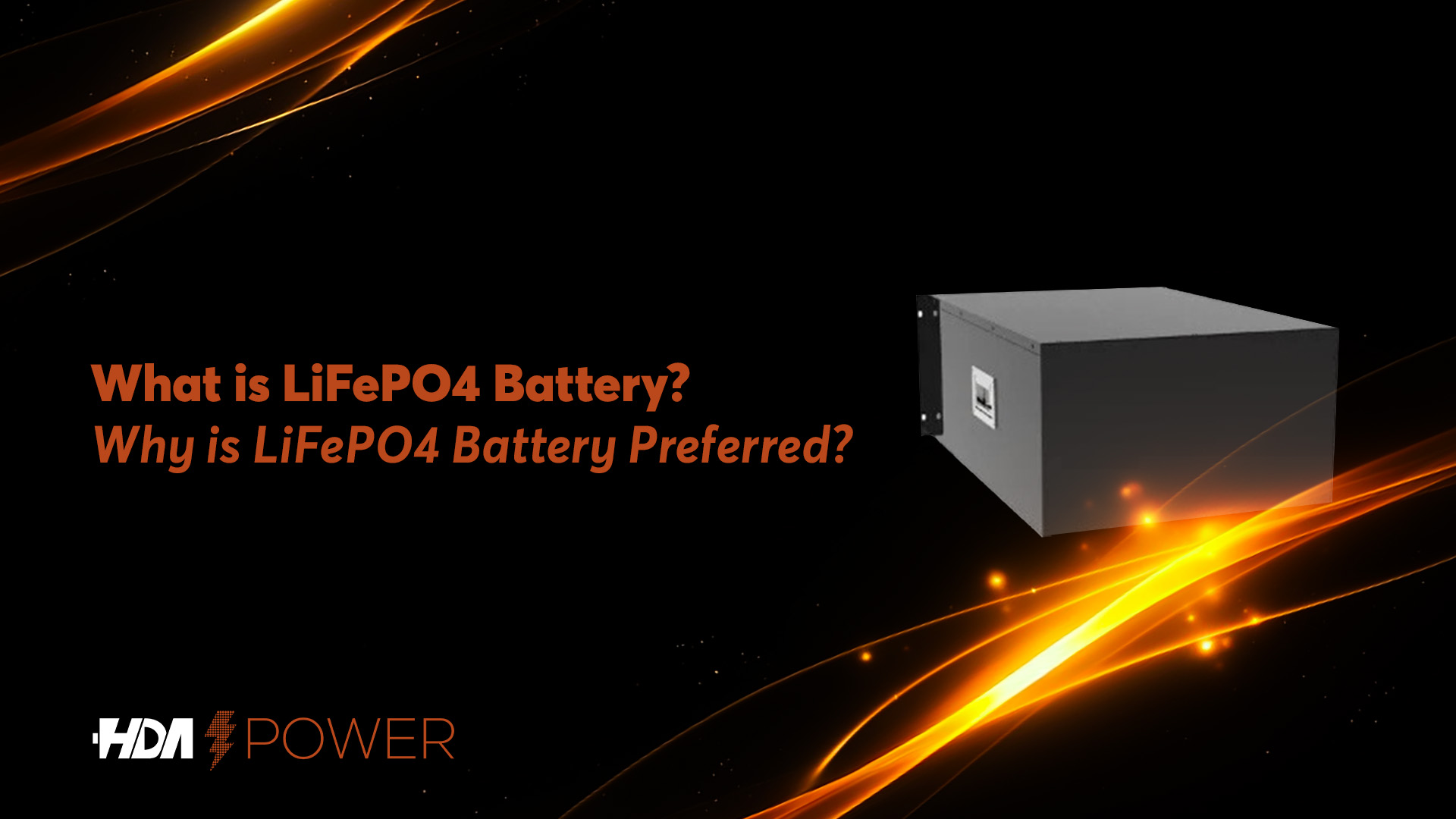What is LiFePO4?
A LiFePO4 battery is a rechargeable lithium-ion battery that uses iron phosphate (FePO4) as its cathode material.
Compared to other types of lithium batteries, it is considered a robust and smart investment. This is because, thanks to its unique chemical composition, unlike traditional lithium battery technologies, it does not contain nickel or cobalt.
LiFePO4 batteries are among the most reliable products in lithium battery technologies and are very popular in energy storage. You can continue reading to learn why these batteries are so preferred.
Features of Lithium Iron Phosphate Batteries
LiFePO4 stands out by offering advantages compared to other lithium-ion technologies. Key features include:
Weight: Up to 40% lighter than other lithium battery types.
Wide Temperature Range: Operates comfortably in temperatures from -20°C to 60°C, making it suitable for industrial applications and various other uses.
Safety: Thanks to the iron phosphate chemistry, it reduces risks such as overcharging, high impact, or fire.
Flexibility: With its modular design, a LiFePO4 battery can support up to 10 batteries in parallel and 4 in series.
Long Lifespan: Up to 20 times longer lifespan, which lowers replacement and maintenance costs.
These features make LiFePO4 batteries highly advantageous in daily life. Let’s also look at their advantages and disadvantages.
Advantages of LiFePO4 Batteries
Eco-Friendly
LiFePO4 batteries are rechargeable, making them environmentally friendly. They contain non-polluting materials and do not leak.
Efficiency
Performance is a key factor when choosing a battery. LiFePO4 batteries are preferred for several reasons:
They last much longer than lead-acid and other batteries, often more than 10 years.
They are lighter than other battery types.
Their performance in similar applications is superior.
They require less charging time.
Smaller Size
From a user perspective, LiFePO4 batteries take up less space than other alternatives. For example, their lightweight reduces energy consumption and saves transportation costs. Their compact size also makes them suitable for electric scooters or wheelchairs.
Reliability
Among lithium batteries on the market, LiFePO4 (LFP) batteries are the safest. This is due to the phosphate cathode chemistry, which binds tightly with oxygen molecules, virtually eliminating the risk of explosion.
Disadvantages of LiFePO4 Batteries
Over time, battery balancing issues may occur, and they have a higher self-discharge rate compared to other batteries.
LFP batteries have lower energy density and may require more protection.
They may not perform well in very low temperatures.
They are more suitable for low-emission vehicles and bicycles rather than small devices like smartphones.
Applications of LiFePO4 Batteries
Electric Vehicles
Due to their low cost and high safety, LiFePO4 batteries are widely used in logistics vehicles (e.g., forklifts) and low-speed electric vehicles. Recently, lithium iron phosphate batteries have grown in popularity and account for roughly half of total battery shipments.
Energy Storage Systems
LiFePO4 batteries are suitable for large-scale electricity storage systems due to their unique features. They can be used in UPS systems, emergency power systems, and renewable energy plants, reliably meeting energy storage needs.
Precautions When Using LiFePO4 Batteries
If you own a lithium battery, pay attention to the following:
Do not exceed the maximum voltage settings provided by the manufacturer.
Lower voltage settings are generally recommended.
Avoid overcharging the batteries.
A BMS (Battery Management System) in lithium batteries protects against abnormal conditions.
Do not abruptly disconnect during high-power charging.
How to Charge a LiFePO4 Battery
A common question is “how should it be charged?” The answer is simple: LiFePO4 batteries have dedicated chargers. Other chargers may be used only if their voltage matches the battery’s specifications.
Additional tips for charging:
Charger Inspection: Ensure the charger cables are insulated and undamaged, terminals are clean, and connections fit the battery terminals properly.
Charging Temperature: Charge LiFePO4 batteries safely between 0°C and 45°C.
Always follow the manufacturer’s instructions and relevant safety standards.

